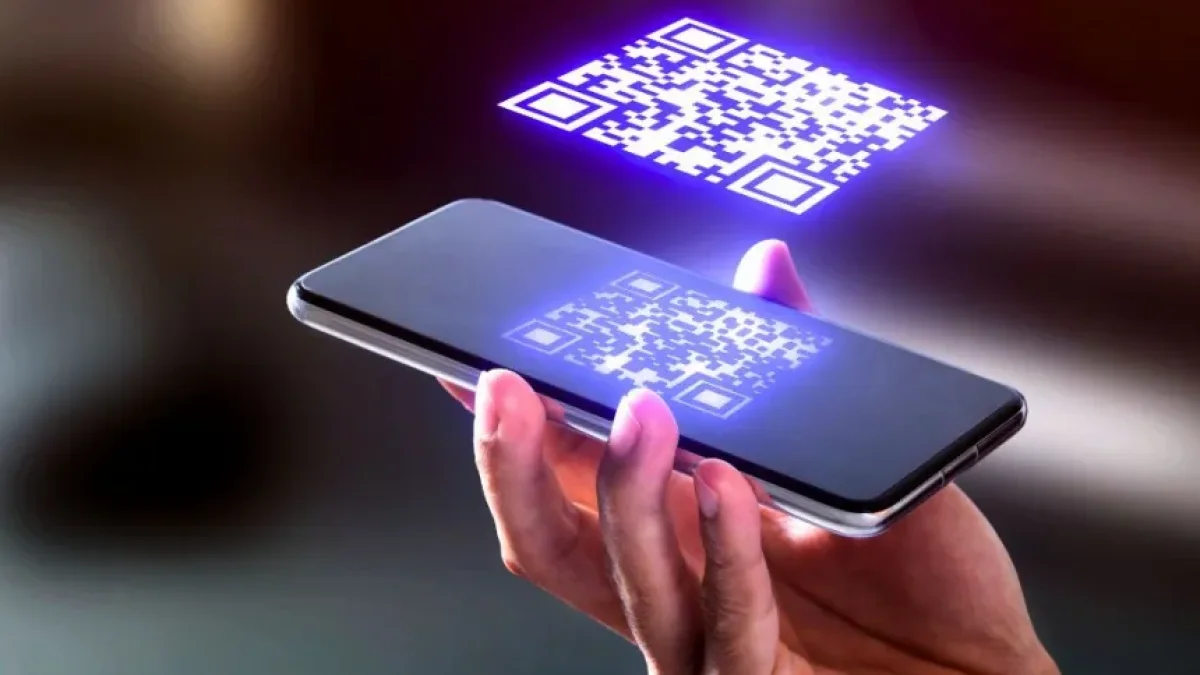In the digital age, QR codes have become a versatile and useful tool for interaction between the physical and virtual worlds. With PHPQRCode, generating QR codes becomes a simple task that you can implement on your own website. In this article, we will explore how to do it and the benefits it offers.
What is PHPQRCode?
PHPQRCode is a free library that allows developers to easily create QR codes using PHP. With this tool, you can convert text, links, email addresses, and other data into a QR code that users can scan with their mobile devices. The library is highly flexible and adapts to different needs, allowing customization of the design and quality of the generated QR code.
Advantages of using QR codes
QR codes offer several advantages compared to other methods of sharing information. Some of these advantages include:
- Accessibility: Anyone with a smartphone can scan a QR code, making it easy to access relevant information.
- Versatility: They can be used for a variety of purposes, from sharing links to filling out forms or sending text messages.
- Efficiency: Instead of manually typing a URL or contact information, a QR code allows users to instantly access the desired information.
How to install PHPQRCode
To start using PHPQRCode in your web project, you first need to install the library. This can be done easily using Composer, a PHP dependency manager. Make sure you have Composer installed on your system and run the following command in your terminal:
composer require "endroid/qr-code"
Once the installation is complete, you will have access to all the functionalities PHPQRCode offers.
Generating your first QR code
Creating a basic QR code is a straightforward process. Below is an example of how to generate a QR code containing a link to your website. In your PHP file, add the following code:
<?php
require 'vendor/autoload.php';
use Endroid\QrCode\QrCode;
$qrcode = new QrCode('https://www.yourwebsite.com');
header('Content-Type: image/png');
echo $qrcode->writeString();This simple script creates a QR code that redirects users to your webpage. You can modify the text within new QrCode() to contain any information you want.
Customizing your QR code
PHPQRCode also allows you to customize the appearance of your QR codes. You can change the size, colors, and shape of the code. Here's an example of basic customization:
<?php
require 'vendor/autoload.php';
use Endroid\QrCode\QrCode;
use Endroid\QrCode\Writer\PngWriter;
$qrcode = new QrCode('https://www.yourwebsite.com');
$qrcode->setSize(300);
$qrcode->setMargin(10);
$qrcode->setForegroundColor(['r' => 0, 'g' => 0, 'b' => 255]);
$qrcode->setBackgroundColor(['r' => 255, 'g' => 255, 'b' => 255]);
$writer = new PngWriter();
$result = $writer->write($qrcode);
// Output the QR code to the browser
header('Content-Type: image/png');
echo $result->getString();In this example, the generated QR code is blue, has a size of 300px, and a margin of 10px.
Conclusion
Starting to use PHPQRCode on your website can open many doors in terms of user interaction. Whether for marketing, sharing information, or facilitating access to your content, QR codes are an excellent tool. If you want to delve deeper into this topic and learn more about various web development tools and techniques, I invite you to continue exploring more articles on my blog.




















